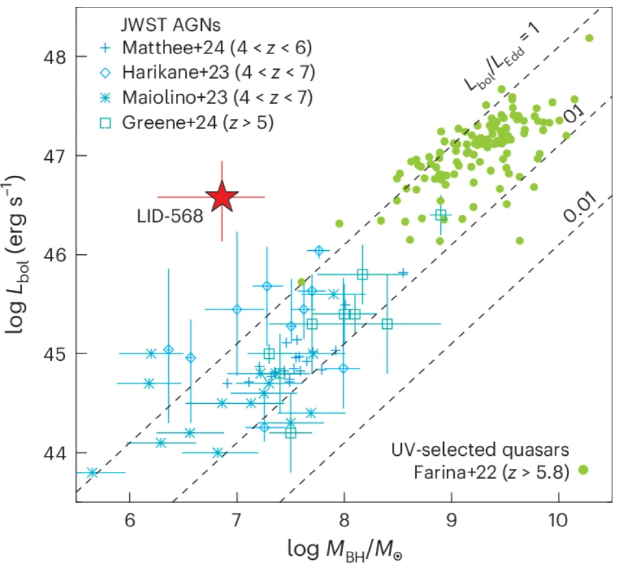Welcome to Sukyoung K. Yi's group (GEM) homepage!
이석영 교수의 은하진화 연구 그룹 홈페이지에 오신것을 환영합니다.

Science Goal 연구 목표
We aim to understand the formation and evolution of galaxies. 우리 그룹의 연구 목표는 은하의 형성과 진화과정을 이해하는 것입니다.
News 소식
- 2025 NewCluster Workshop@IAP will be held on 2 - 8 July, 2025 in Paris, France
- The 2025 NewCluster data workshop will be held on 18 - 21 February, 2025 in Jeonju, Korea
- Dr. Scott Croom and Dr. Garreth Martin will visit GEM (14-25 Oct 2024)
- The 2024 NewCluster workshop will be held on 26 - 30 August, 2024 in Yonsei university, Seoul, and Gangneung, Korea
- The 2023 GEM Fall workshop will be held on 20 - 21 October, 2023 in Ramada hotel, Jeju, Korea
- The 2022 GEM Winter workshop will be held on 8 - 11 January, 2023 in WE hotel, Jeju, Korea
- The 2020 GEM 2nd workshop will be held on 19 - 21 August, 2020 in Yonsei University, Seoul, Korea (Cancelled)
- The 2020 GEM workshop will be held on 14 - 17 January, 2020 in Gyeongju, Korea
- Minjung Park's paper has been introduced by AAS Nova (23 September 2019).
- Dr. Sandro Tacchella will visit GEM (8-11 July, 2019)
- The 2019 GEM - CASCADE workshop will be held on 1 - 4 July, 2019 in Jeju, Korea
- The 2018 GEM workshop will be held on 2 - 4 July, 2018 in Kangnung, Korea
- Dr. Scott Croom, Dr. Julia Bryant and Dr. Warrick Couch will visit GEM (10-13 Apr 2017)
- Dr. Barbara Cantinella and Dr. Luca Cortese at ICRAR are visiting GEM (1-15 Apr 2017)
- SAMI workshop will be held at KASI. (12 Apr 2017)
- Environment workshop wiil be held. (3 Apr 2017)
Recent Paper 최근 논문
A super-Eddington-accreting black hole ~1.5 Gyr after the Big Bang observed with JWST
Hyewon Suh, Julia Scharwächter, Emanuele Paolo Farina, Federica Loiacono, Giorgio Lanzuisi, Günther Hasinger, Stefano Marchesi, Mar Mezcua, Roberto Decarli, Brian C. Lemaux, Marta Volonteri, Francesca Civano, Sukyoung K. Yi, San Han, Mark Rawlings & Denise Hung
 |
Summary
Recent James Webb Space Telescope (JWST) observations have revealed a surprisingly abundant population of faint, dusty active galactic nuclei at z ≈ 4–7. Together with the presence of supermassive black holes at z > 6, this raises questions about the formation and growth histories of early black holes. Here we present LID-568, a low-mass (7.2 Å~ 106 M⊙) black hole hosting powerful outflows that is observed in an extreme phase of rapid growth at redshift z ≈ 4. This object is similar to other JWST-discovered faint active galactic nuclei populations, but is bright in X-ray emission and accreting at more than 4,000% of the limit at which radiation pressure exceeds the force of gravitational attraction of the black hole (that is, super-Eddington accretion). Analysis of JWST Near-Infrared Spectrograph integral field unit data reveals spatially extended Hα emission with velocities of ~−600–−500 km s−1 relative to the central black hole, indicative of robust nuclear-driven outflows. LID-568 represents an elusive low-mass black hole experiencing super-Eddington accretion as invoked by models of early black hole formation. This discovery showcases a previously undiscovered key parameter space and offers crucial insights into rapid black hole growth mechanisms in the early universe.
국문 요약
우리는 제임스웹 광학관측으로는 검출되지 않지만 찬드라 X선으로는 매우 밝은, 적색편이 4의 블랙홀 천체가 에딩턴비 40을 나타내는 것을 발견했다. 에딩턴 한계를 넘어 주변물질을 흡입하는 블랙홀은 물리적으로 불가능하다는 기존의 이해를 뒤집는 이 결과는 어떻게 초기우주에 그렇게 많은 거대질량 블랙홀이 있는지 설명하는 획기적인 단초를 제공한다.